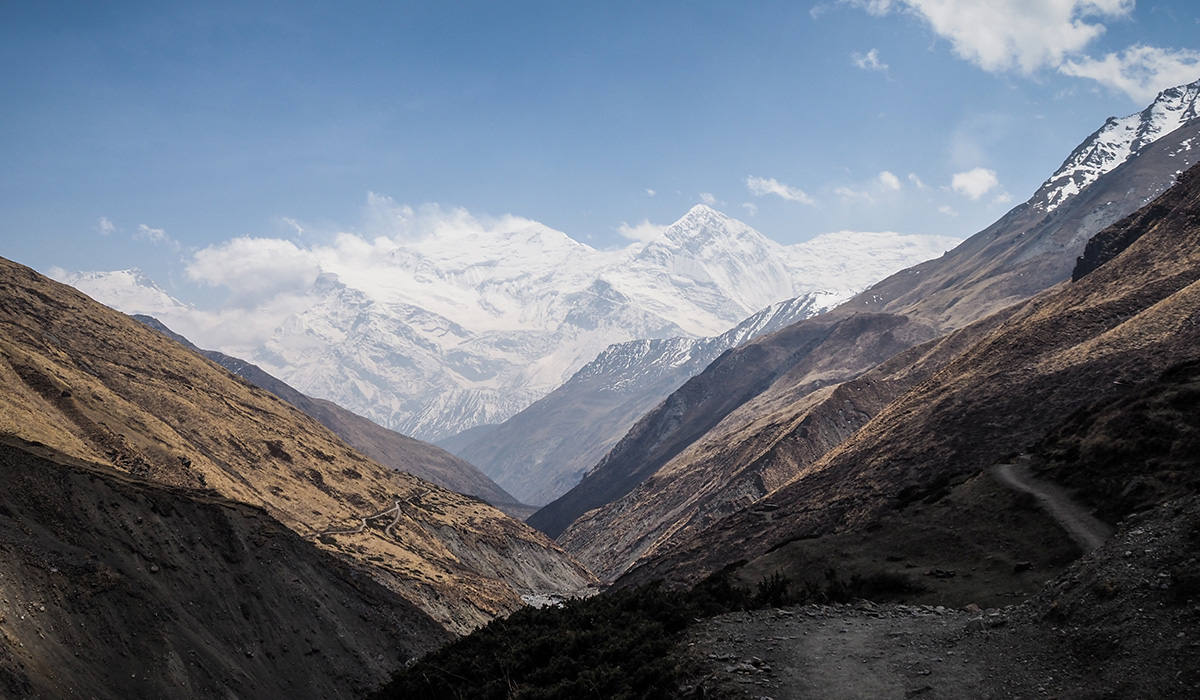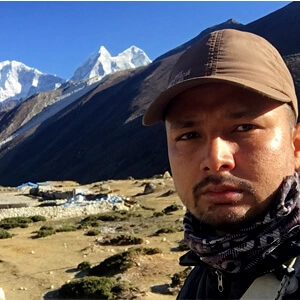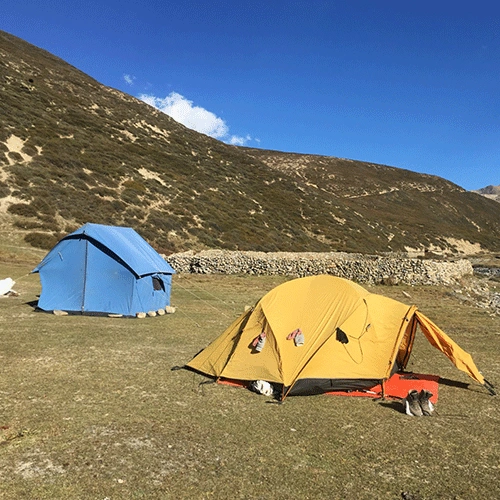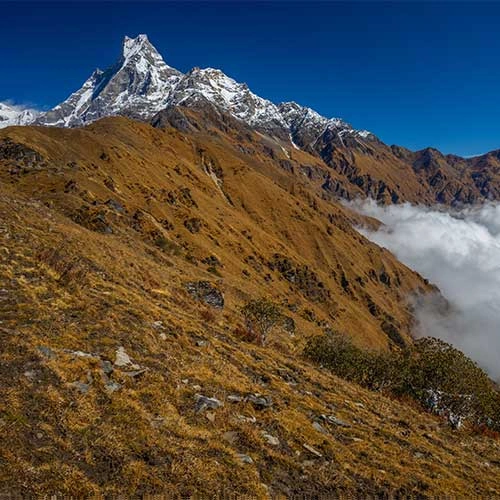Key things to remember while on the Annapurna Circuit Trek:
- Your body acclimatizes with time as you go up higher. Staying hydrated helps with acclimatization and keeps you energetic.
- Pack smart and light what you need and avoid carrying extra weight. Always carry a good trekking boot with warm layers and light gear that will make your trek more comfortable.
- Train before you go to prepare your body for the trek by doing some training hikes. This will help you handle the long days and tough terrain.
- Choose the best time to trek, which is usually autumn or spring. The weather is generally clear and dry, but these times are also open busiest months.
- The sun is stronger at high altitudes, so to protect your skin and eyes, use sunscreen with an SPF of 30 or more and wear polarized sunglasses and a hat.
- Embrace local culture and talk to locals along the way. It will enrich your experience which gives you a deeper understanding of their culture.
- Be ready for rapid weather changes in the mountain area. Always carry gear for unexpected rain and cold weather.
- Take your time reaching somewhere so take small yet regular breaks and pace yourself.
What Makes the Annapurna Circuit Trek Challenging?
The Annapurna Circuit trek is one of the most rewarding but challenging trek. Part of the difficulty comes from the long distances you must walk daily and the steep climbs and descents also make it harder.
The round trek to Annapurna starts at around 2,400 meters and goes up to 5,416 meters at Thorong La Pass. It means you can climb over two vertical kilometers. It can get really tough on your body at such high altitudes. The air gets thinner and there’s a risk of altitude sickness. This is managed by taking time to acclimate. Make sure you walk slowly and stay hydrated throughout the day.
Alternatively, the trek difficulty is quite high due to its steep, rough, and sometimes slippery trails. The uphill and downhill paths can be tiring, and weather conditions make it even harder. During monsoon season, the trail gets muddy, while winter adds snow and freezing temperatures.
Still, the trek rewards all adventure seekers with stunning views and rich cultural experiences. With good preparation and a steady pace, it can be a truly memorable adventure.
Altitude Sickness on the Annapurna Circuit Trek
Altitude sickness also known as Acute Mountain Sickness (AMS) is a main concern on the Annapurna Circuit. It happens when you rapidly ascend towards higher altitudes. Understanding how to prevent it is key to a safe trek. Here are some of the most common symptoms and prevention:
A lasting headache that doesn’t improve with medicine can be one of the symptoms of altitude sickness. Other symptoms include feeling lightheaded or unsteady due to dizziness, loss of appetite or an upset stomach due to nausea, unusual tiredness or fatigue due to lack of energy, and difficulty falling or staying asleep.
To prevent AMS from climbing up slowly, take your time. Allow your body to adjust to the higher altitude. Drink plenty of water and eat nutritious food to stay strong. Avoid alcohol and smoking as they can worsen the condition.
Altitude becomes challenging at a certain point on the Annapurna Circuit. Thorang La Pass at the highest point which stands at 5,416 meters. The air gets thinner and harder to breathe. The symptoms of altitude sickness can appear as low as 2,500 meters. Always pay attention to how you feel.
How to acclimatize?
- Ascend slowly to allow your body to adjust. Take more time and take your time to reach great heights.
- Keep your body well-hydrated and drink plenty of water but avoid overhydration. Only drink when you feel thirsty.
- Consume carbohydrate-enriched meals to keep your energy high and fuel your trekking.
- Intake of alcohol and smoking may increase the chance of altitude sickness so, completely avoid it.
- Take ample rest, keep warm to recover, and assist your body in adjusting.
- Watch for altitude sickness symptoms like headaches, dizziness, or nausea. If these symptoms appear, stop and rest. Take acetazolamide if your doctor has prescribed this medication before your trek.
- Avoid overexertion, especially in the first few days of altitude exposure. If the symptoms get worsen then descend to a lower altitude for your safety.
- Do some breathing exercises to increase oxygen intake and help you stay calm.
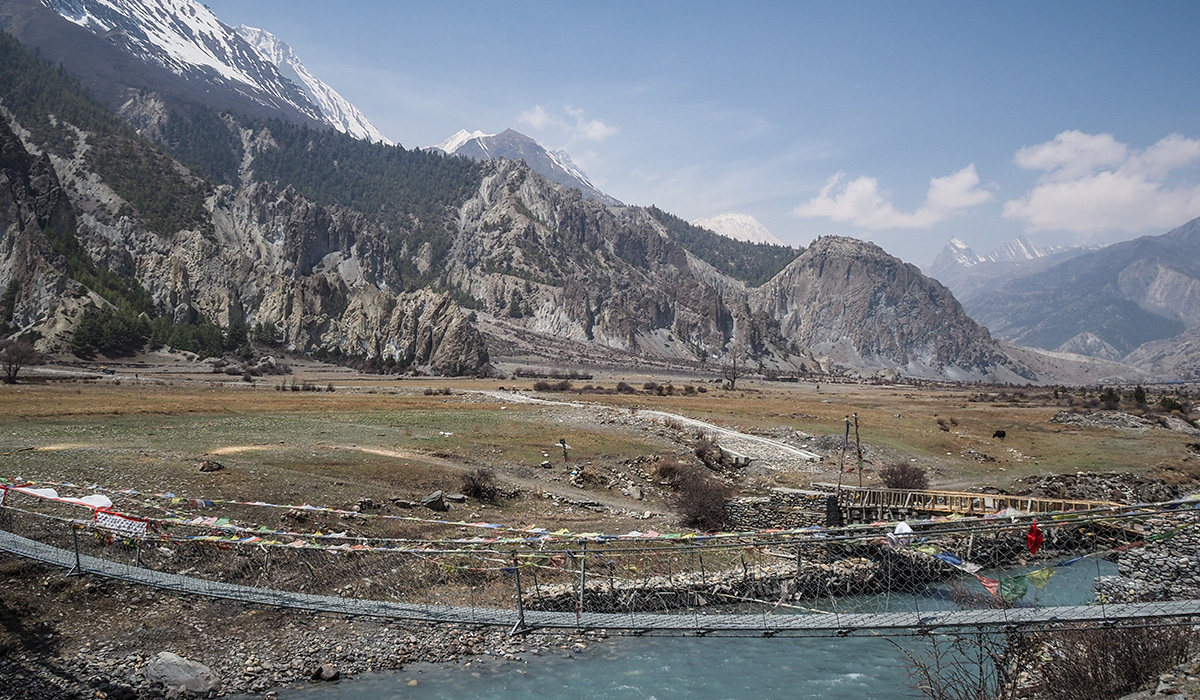
Physical Fitness Requirements for the Trek
Preparing for a trek involves getting your body ready for the adventure ahead! Here’s what you need to know about the physical fitness requirements and some ways to prepare your body for a trek.
Cardiovascular Training
Cardiovascular training, or aerobic exercise, helps your body manage oxygen needs during long activities. You can get your heart pumping by cycling, swimming, hiking uphill, or walking. At least aim for 30 minutes of cardio a few times a week.
Strength Training
Building strong legs and a solid core is crucial for trekking. Squats are fantastic for strengthening your entire body and especially your leg muscles. Incorporate strength training into your routine two to three times a week to build the power you need on the trail.
Interval Training
Interval training when mixed with high intensity exercise can lower the intensity of recovery periods. This approach boosts your endurance and cardiovascular efficiency, making it easier to tackle tough sections of your trek. Try incorporating intervals into your cardio workouts for added benefits.
Mental conditioning
Trekking can be tough! You might face long days, basic accommodations, and even altitude sickness. To handle these challenges, work on building your mental resilience and determination. Stay positive and remind yourself of the adventure ahead.
Weather Conditions and Their Impact on Difficulty
Seasonal preparation is necessary for a safe journey, be it plays a vital role in your trekking experience.
Springtime fills the trails with flowers in bloom. This season is considered very beautiful for trekking. Sudden rain showers can create muddy and slippery paths. In summer, the days are usually very warm and have longer daylight. The long hours are perfect for trekking, but heat exhaustion is risky. So you can stay hydrated and take breaks in shaded areas.
Autumn is an ideal month for trekking with clear skies and vibrant foliage. The temperature can drop quickly at higher altitudes. Lying your clothing is very important. Similarly, the winter season brings snowy mountain ranges. Turn them into icy and challenging paths. During bad weather on the Annapurna Circuit, snow poles make walking difficult. High-velocity chilly winds can even blur visibility for trekkers.
Weather related hazards like flash floods, landslides or sudden storms can happen at any time. You need to always check forecasts before starting your trek. Turn back if the weather gets worse. Or you can always carry a first aid kit and learn basic emergency steps for safety.
The best weather for the Annapurna Circuit is between September and November, offering ideal trekking conditions. Understanding the weather and staying prepared ensures a safe, enjoyable adventure through nature’s beauty.
Trail Conditions and Technical Challenges
Understanding trail conditions and technical challenges is key to a safe and enjoyable adventure. Most trails contain rocky paths that will test your balance and footing. Such uneven surfaces require you to move carefully. Step carefully and move slowly to prevent slipping.
Steep climbs and descents add to the adventure but need extra effort. Climbing up tests your strength while coming down needs control because of gravity. Trekking poles can give support and taking short breaks helps save your energy.
River crossings can be exhilarating but a little tricky. At times of the year, rivers swell and crossings are more difficult. Assess the current and step across on stable rocks or logs. Suspension bridges offer spectacular views but sometimes sway slightly. Cross them slowly and steadily to maintain balance.
Snow and ice are common obstacles if you’re hiking at higher altitudes. These can make trails slippery and harder to navigate. Crampons or micro spikes improve grip on icy paths, while snow-covered trails require steady footing to prevent sinking. Always check weather updates before starting, as conditions can change quickly. Understanding such challenges allows one to prepare effectively and confidently enjoy every step of outdoor journeying.
Cultural and Emotional Challenges on the Trek
Hiking in beautiful landscapes is an adventure. Yet it has cultural and emotional challenges. Interacting with the local inhabitants may be the most rewarding and demanding. Every village has its unique traditions, customs, and forms of living. While that can be interesting, it may sometimes be too much. It's important to know how to communicate and understand what is considered respectful.
It takes time to listen and observe. That feeling of gaps can only be bridged by interacting with natives. A simple smile or gesture can help connect and understand. A further challenge might include getting motivated on long days on the trails. Fatigue and frustration can set in when the physical act of trekking becomes grueling. Certainly, there are those days when steep pitches or unexpected weather changes simply get the better of the hiker.
Focus on small successes to keep your spirits high. The scenic viewpoint, sharing a joke with fellow trekkers. Setting achievable goals each day can also help maintain motivation. Every new step closer to a place is one step closer to other experiences. These challenges add not only to the richness of your journey but also to personal growth. Interacting with the local culture and overcoming those challenging moments will make lifelong memories, making any trek worthwhile.
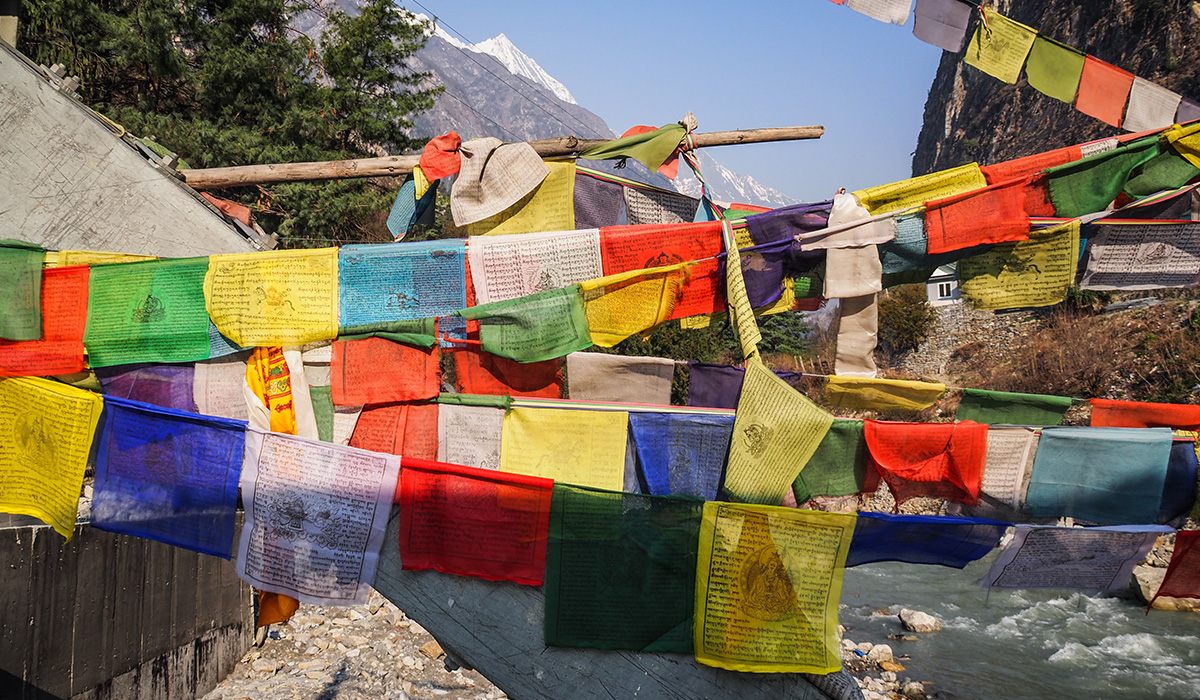
Best Time to do Annapurna Circuit for Minimising Difficulty
The best time to trek the Annapurna Circuit is from October to November or April to May. The weather stays steady during these months, and the skies remain clear. In spring, vibrant rhododendrons brighten the trails. Autumn offers stunning views of snow-capped peaks against bright blue skies.
Trekking in these months has many advantages. It is usually mild during the day, with temperatures ranging from 5°C to 20°C. It is very reasonable for high-altitude trekking. Most trails are dry and snow-free, thus safer and easier to walk on. For example, there are passes like Thorong La, which is ridden during these months. Therefore, giving the trekkers the chance to cross without suffering delays due to weather conditions.
The best time for the Annapurna round trek in the low season is between June and September. Monsoon rains render trails muddy and landslides are another common factor. Monsoon rains make trails muddy and landslides are a common factor. This time of year also brings cloud cover, which reduces visibility and obscures the mountain vistas. However, this is a quieter time of year for trekkers, and the landscapes are lush and green.
Timing is everything with the right season ensures comfort during the trek. Peak seasons reduce the risks of traveling trails and offer better prospects and experiences in the Annapurna region.
How can you prepare for the Annapurna Circuit Trek?
You can prepare for the Annapurna Circuit Trek by taking a balanced and thoughtful approach. Focusing on physical fitness with gear selection and mental readiness will prepare you for this incredible journey.
Begin your training 2 to 3 months before the trek. Do exercises like squats, lunges, and deadlifts to strengthen your legs and core. These will help you handle steep climbs and descents. Add running, cycling, or swimming three times a week. Try long hikes on mixed terrains to mimic trekking conditions. Climb hills with a loaded backpack to get ready for the trek.
Choose reliable gear for a safe and easy trip. Wear waterproof boots and break them in to avoid blisters. Wear layers to stay comfortable as the weather changes. Pack thermal layers along with a waterproof jacket and breathable clothes. Don’t forget important items like trekking poles, a reliable backpack, a cold-weather sleeping bag, and a first aid kit.
Mental strength is crucial. Learn about the Annapurna region's culture, weather, and altitude sickness to better prepare yourself. A positive mindset is key, especially on long trekking days. Try mindfulness or visualization techniques to build mental strength.
Support Options: Guides, Porters and Trekking Groups
Consider joining trekking groups, guides and porters to make your journey easier and more enjoyable.
Guides are trained experts who know the trails well and offer useful advice. They guide you through challenges making your trek safer and more enjoyable. Using their local knowledge that share stories and insights making the region feel alive.
Another important part of your trek is the porters. They carry your heavy gear, enabling you to enjoy the journey. This is especially helpful on tough terrains where every bit of weight counts. You should carry a small, lightweight daypack. Having a porter makes the trek less stressful and enjoyable.
Let's now discuss choosing between solo and group trekking. Solo trekking gives you freedom and peace. It's perfect if you're looking for a more personal experience. It requires a very cautious approach to planning and can sometimes get a little lonely. Group trekking builds strong friendships. You get to meet new people, share experiences and face challenges together.
Whether you trek solo or in groups, guides and porters add value to your adventure through physical help, cultural insight, and companionship. So, be thoughtful about these options to make your trek memorable.
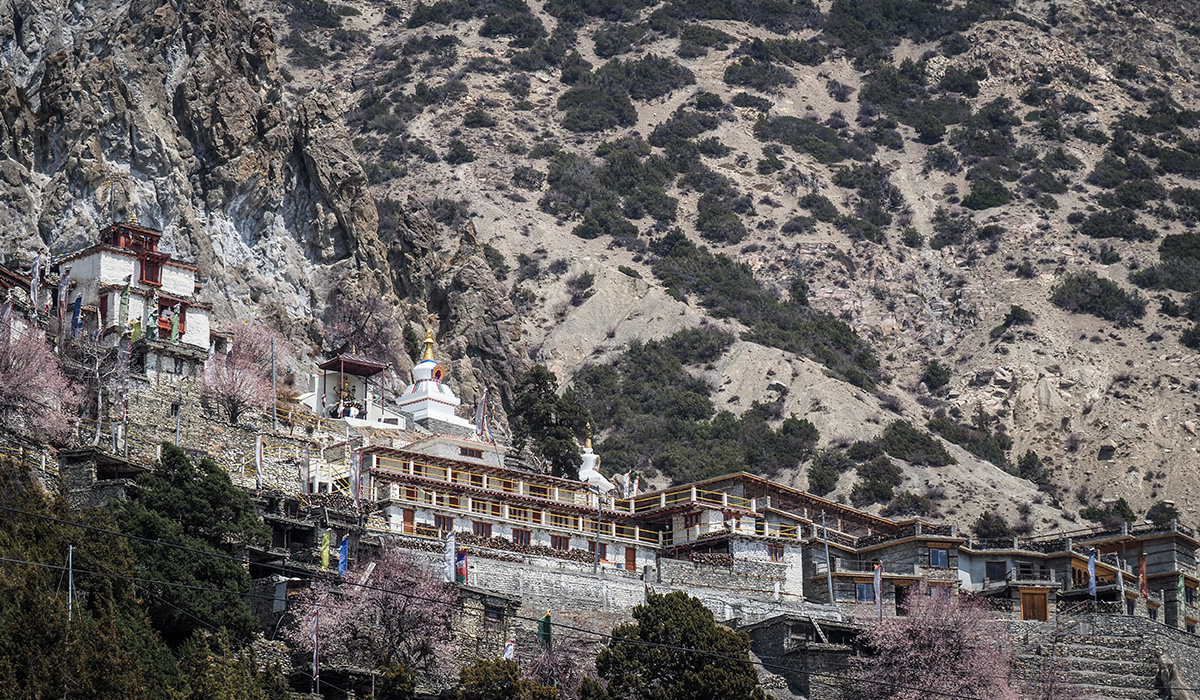
Safety Tips for a Successful Annapurna Circuit Trek
Trekking the Annapurna Circuit is exciting, but safety should always come first. Here are essential tips to make certain that trekking is safe and enjoyable:
Handling Emergencies
First, know the symptoms of altitude sickness, which include headache, dizziness, and nausea. If you experience these, descending to a lower altitude is important. Listen to your body and don't ignore any kind of discomfort.
Familiarize yourself with local emergency contacts and have a plan in place. Take a first aid kit with you and make sure you know how to use it. A local guide can be valuable in emergencies, as they know the area and the best course of action.
Necessary Permits and Insurance
Before you start your trek, make sure you have the necessary permits: the Annapurna Conservation Area Permit (ACAP) and the Trekkers’ Information Management System (TIMS) card. These permits help keep you safe and protect the environment.
Get your travel insurance that covers high-altitude trekking, emergency evacuation, and medical expenses. It's a good idea to check your policy before you head out.
Communication and Rescue Options
Stay connected: Carry a mobile phone with a local SIM card or a satellite phone for areas with limited service. It's important to know the local rescue procedures in case of an emergency. If it involves services like helicopter evacuation, make sure your insurance covers this.
For navigation, the trekkers rely on GPS devices and offline maps. Always bring a physical map, just in case. That's going to make sure you are ready for anything. Be safe, and trek well. Enjoy the wonderful views accompanying the Annapurna Circuit.
FAQs About Annapurna Circuit Trek Difficulty
Is the Annapurna Circuit trek difficult?
Annapurna Circuit falls under the moderately difficult category for treks. It is usually long hours of walking daily with distances between 8 and 15 kilometers daily. These include altitude factors combined with difficult terrain and physical demand that contribute to difficulty factors.
Can a beginner do the Annapurna Circuit?
Beginners can do the Annapurna Circuit, but some preparation is important. Having basic fitness and training beforehand will help. Gradually building your endurance makes the trek easier and more enjoyable.
What is the hardest part of the Annapurna Circuit?
The toughest part of the Annapurna Circuit is crossing Thorong La Pass. This section has steep climbs and usually takes 7 to 8 hours. The high altitude and rough trails make it very challenging.
How fit do you need to be for Annapurna Circuit?
You don’t have to be extremely fit but being in good shape will make the trek easier. Do light cardio and strength training for 3 to 5 weeks before starting a journey. This would improve your stamina and strength in preparation for the trek.
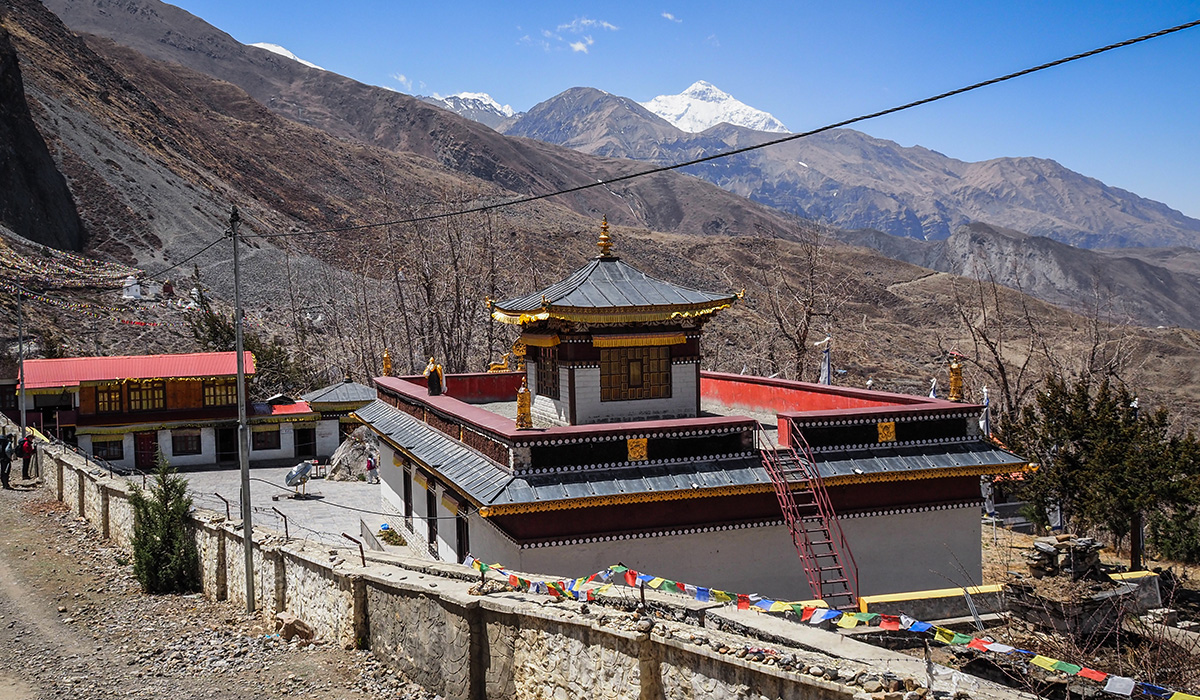
Conclusion
The Annapurna Circuit offers great views and a rich cultural insight into the places it covers, hence unforgettable. It is very demanding because of its altitude, tough trails and unpredictable weather conditions. It's great for complete beginners if properly prepared. Fitness and mental strengths along with proper acclimatization, should be emphasized.
Recognizing the signs of altitude sickness and bringing the right gear can make a huge difference. Training and trekking at the right time can help you handle the difficulties of the trek better. With good planning and a positive mindset, this adventure can be both safe and an unforgettable once in a lifetime experience.

